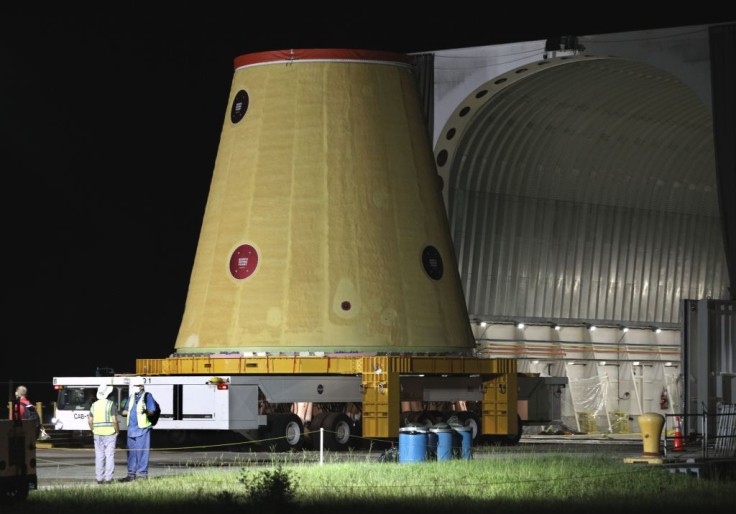The rollout of NASA's new mega-rocket to its launchpad in Florida has been pushed back until mid-March.
This final pre-launch test of Artemis I, an uncrewed mission that will serve as the first step in NASA's complex plan to return humans to the moon, was initially scheduled for mid-February.
However, the mission has experienced a multitude of delays.

What Caused The Delay?
According to Reuters, NASA's main explanation for the delay is the "higher-than-usual volume of technical hurdles" that they have to overcome and the workforce and supply difficulties caused by the recent Omicron surge.
However, given the mission's complexity, it is only necessary that the space agency is ensuring everything is in its proper place by passing through many preparations.
Further, it can be remembered that this mission was originally scheduled to launch in November 2021, but delays due to the unprecedented COVID-19, natural disasters such as the Hurricane Ida, and other factors have drawn out the mission timeline.
Based on the report, the teams have been installing and testing numerous components and instruments on the vehicle over the last few months.
Since the agency's last Apollo mission in 1972, this will be the first time NASA or anybody else has sent humans to the moon's surface.
NASA has not yet released a new launch date for its uncrewed Artemis 1.
Prep Before the Launch
Further, Reuters said the mission's Space Launch System (SL) rocket will be topped by NASA's Orion spacecraft when it rolls out to Launch Pad in Florida next month for testing.
The rocket and spacecraft stack stands 322 feet (98 meters) tall and it's currently housed inside the Vehicle Assembly Building.
When the deployment to the pad was successfully completed, the next step before the launching will be what is called the "wet dress rehearsal."
In this stage, the mission crew will simulate every step of the launch (except the launching itself).
This includes running through the full set of operations or basically everything that the crew needs to do for a successful launch.
The results of the wet dress rehearsal will determine when Artemis I launches. In relation to that, Artemis I will also be the final testing ground for the spacecraft Orion.
Both SLS and Orion are now in the last stages of pre-launch preparations.
According to the Reuters report, the goal is to travel farther than ever done.
The mission will last for a few weeks and at the end, the Orion will be splashing down in the Pacific Ocean.
Further, if the uncrewed Artemis I flight is successful, the space agency will then proceed to the crewed Artemis II. After that, the Artemis II then, the Artemis III will follow, which will return astronauts to the lunar surface and put a woman and person of color on Moon for the first time.
So, these missions all depend on Artemis I.









